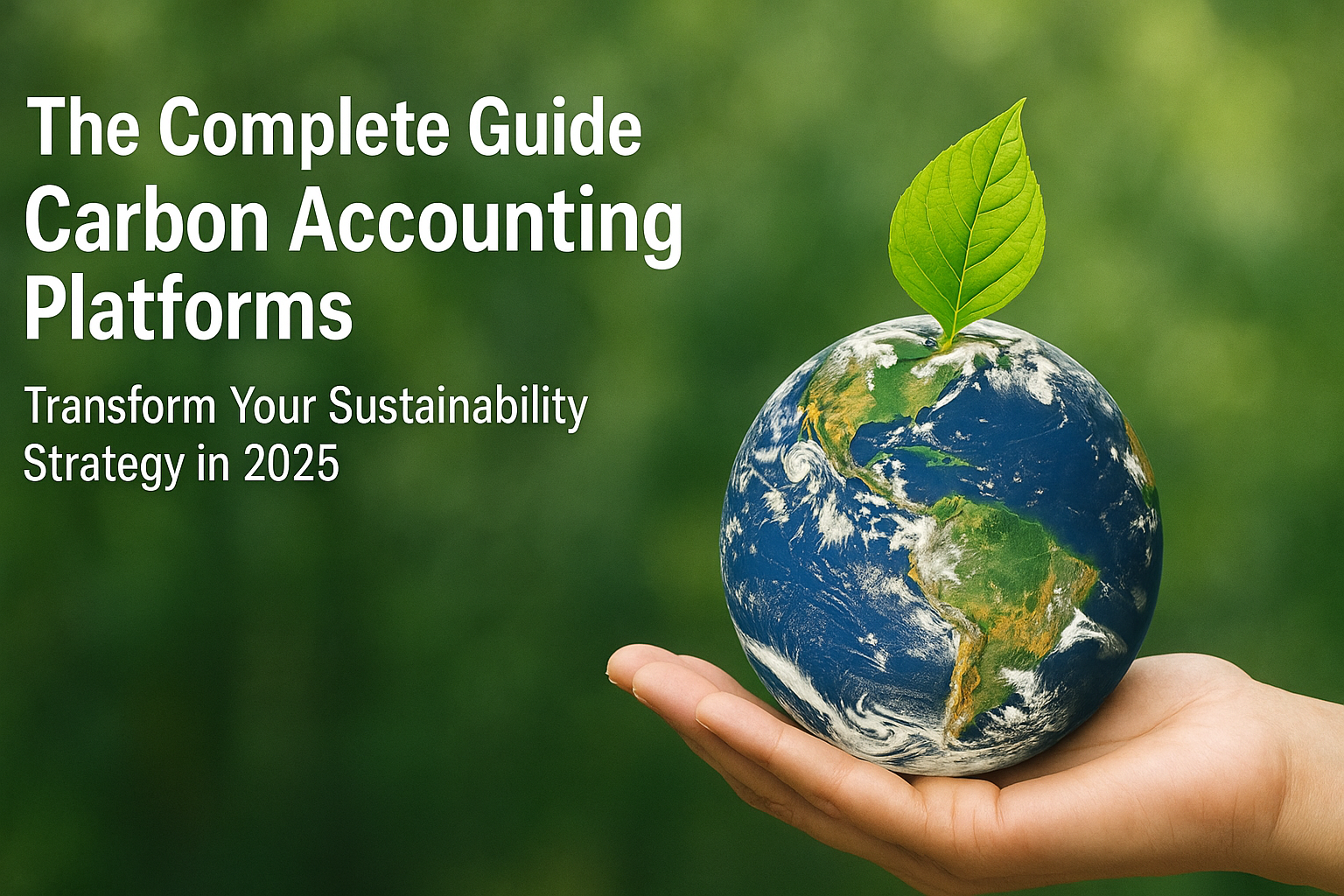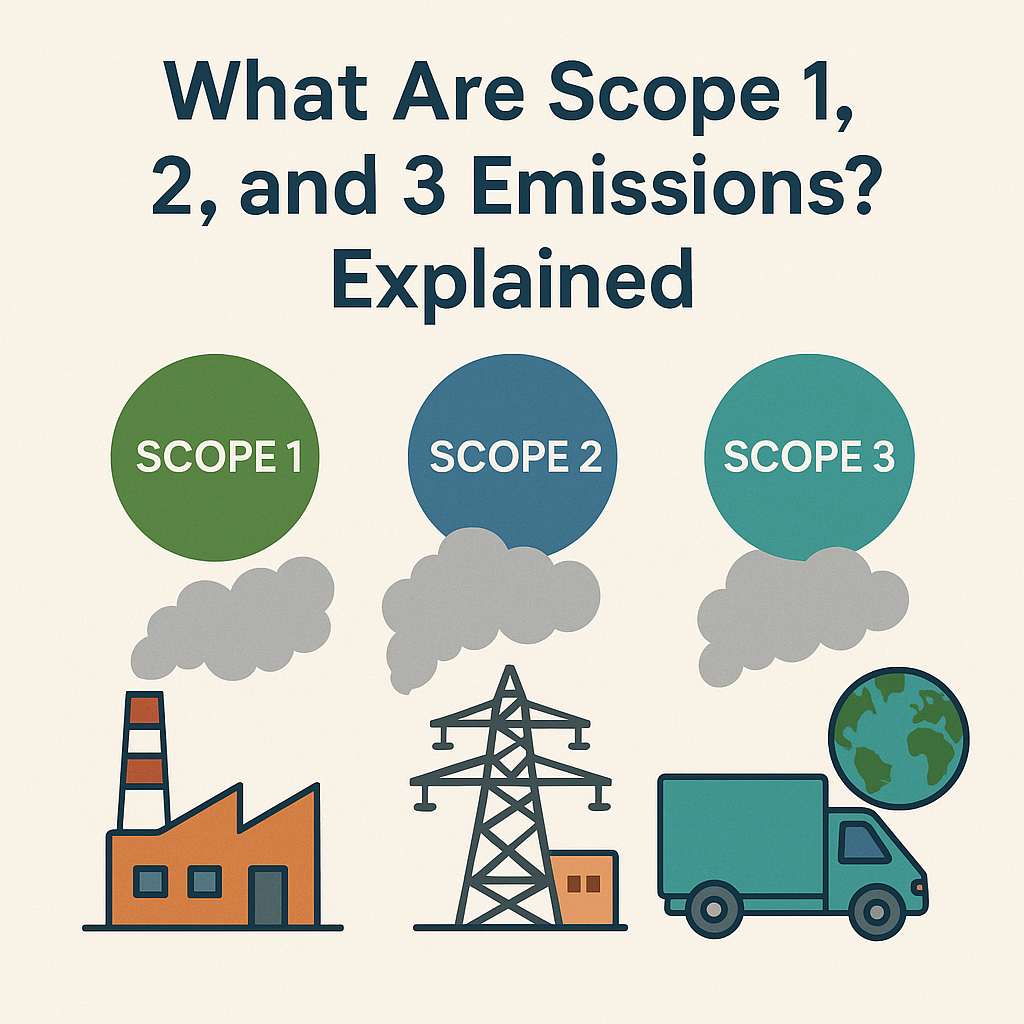Upstream Transportation and Distribution refer to emissions produced when a company moves goods it has purchased. This includes getting products from suppliers to the company's locations, often through third-party transport services.
These emissions come from various transportation methods - air, rail, road, and marine, and also involve storing purchased items in warehouses, distribution centres, and stores.
When a company pays for outbound logistics services, these emissions are categorised as upstream. Emissions linked to moving goods between the company's suppliers (Tier 2) and primary suppliers (Tier 1) are accounted for in Scope 3 Purchased Goods and Services.
Scope 3 emissions from upstream transportation and distribution encompass both Scope 1 and Scope 2 emissions of third-party transport companies, with these emissions being assigned to the reporting company.
Calculating Upstream Transportation Emissions
To measure emissions from Upstream Transportation, companies employ various methods. Three common approaches are:
Let's Dive Deeper into Calculation Methods
Fuel-based Method
This approach relies on data about fuel consumption by transport providers and applies the appropriate emission factor. It is considered accurate because it directly relates to emissions.
The fuel-based method provides accuracy when companies have access to data on fuel use by transport providers. It involves calculation formulas that consider factors such as fuel consumption, electricity consumption, refrigerant leakage, and backhaul journeys. The goal is to accurately estimate greenhouse gas emissions associated with transportation activities.
Distance-based Method
This method calculates emissions by multiplying the distance travelled by the mass, volume, and mode of each shipment, factoring in the suitable emission factor for the specific vehicle used.
The distance-based method is suitable for situations where precise fuel data is unavailable. It calculates emissions by considering the quantity of goods purchased, distance travelled in each transport leg, and relevant emission factors specific to the transport mode or vehicle type. This method is useful when fuel data is elusive, making it a practical alternative for many businesses.
Spend-based Method
In cases where fuel and distance data are lacking, this method estimates emissions by multiplying the amount spent on each mode of transportation by corresponding emission factors from Environmentally-Extended Input-Output data (EEIO).
While it's a useful screening tool, it may have higher levels of uncertainty compared to the other two methods and is recommended for use when more detailed data is unavailable.
Upstream Distribution Emissions
When calculating emissions from upstream distribution, companies have two methods to choose from:
- Site-specific Method: This approach gathers data on fuel, electricity, and fugitive emissions from specific storage facilities. It applies emission factors to calculate emissions accurately. Data collection can be done through utility bills, purchase records, metre readings, and internal IT systems.
- Average-data Method: The average-data method is used when specific supply-chain data is lacking. Companies collect average emission factors for distribution activities and estimate emissions based on the volume of purchased goods stored or the number of pallets used for storage, along with the average duration of storage.
Selecting the Right Calculation Method for Distribution Emissions
Companies should decide on a calculation method based on the significance of distribution to their Scope 3 emissions and the availability of data. If distribution is a significant contributor and specific data is available, the site-specific method is preferred. If not, the average-data method provides a practical solution.



